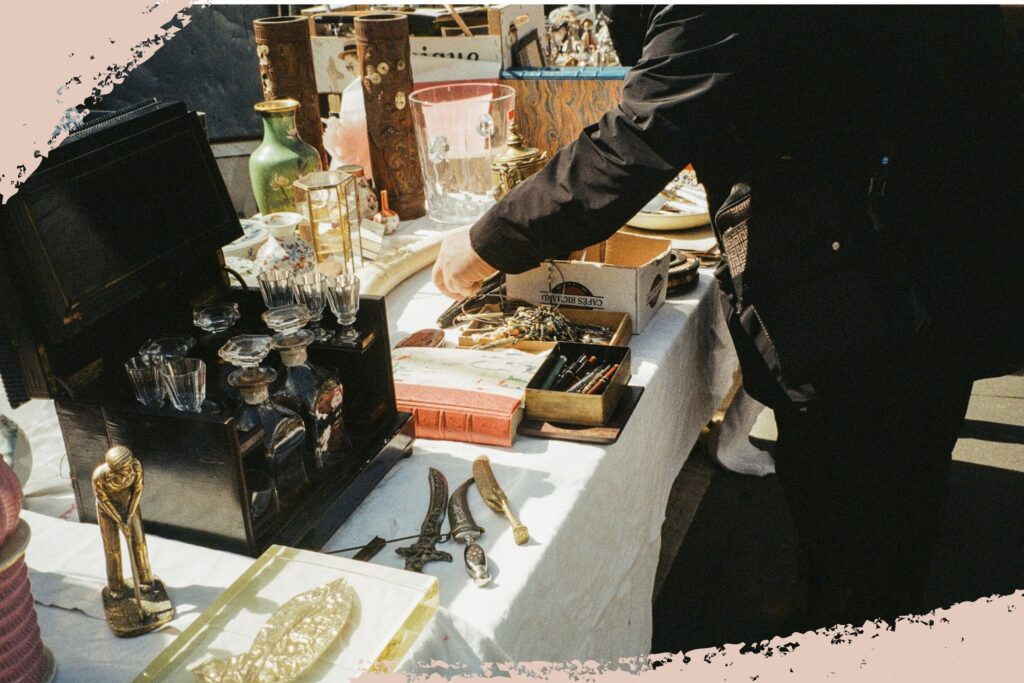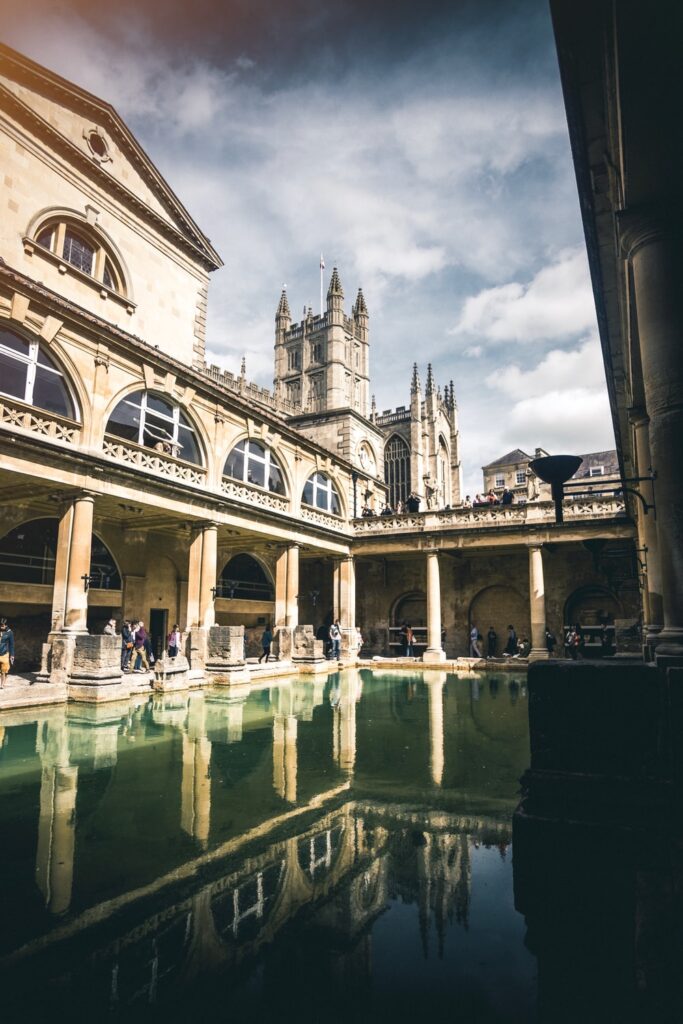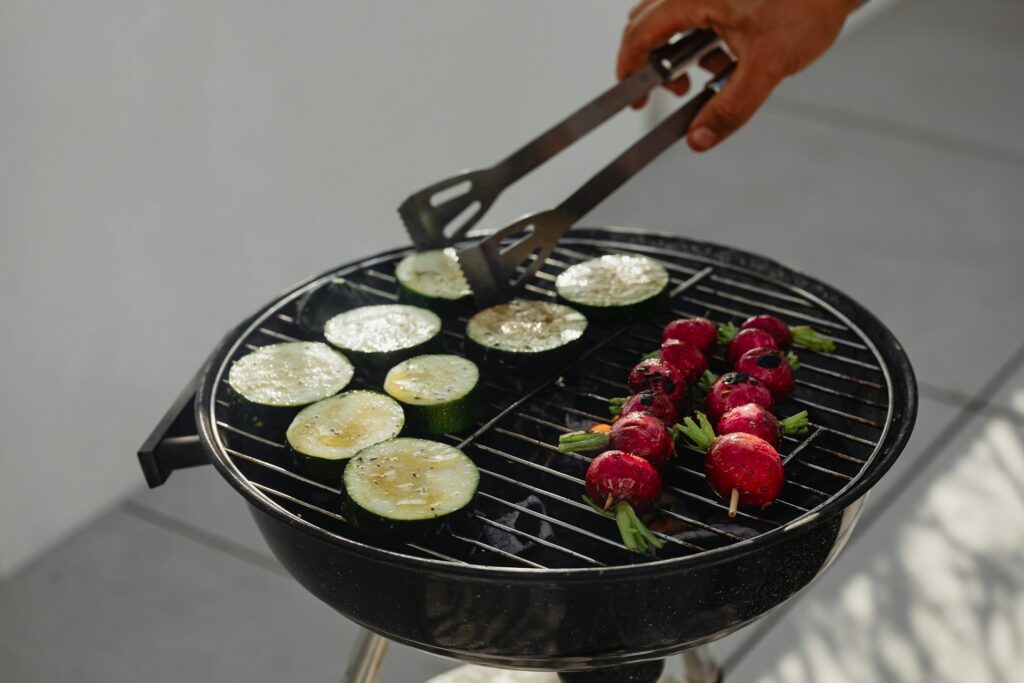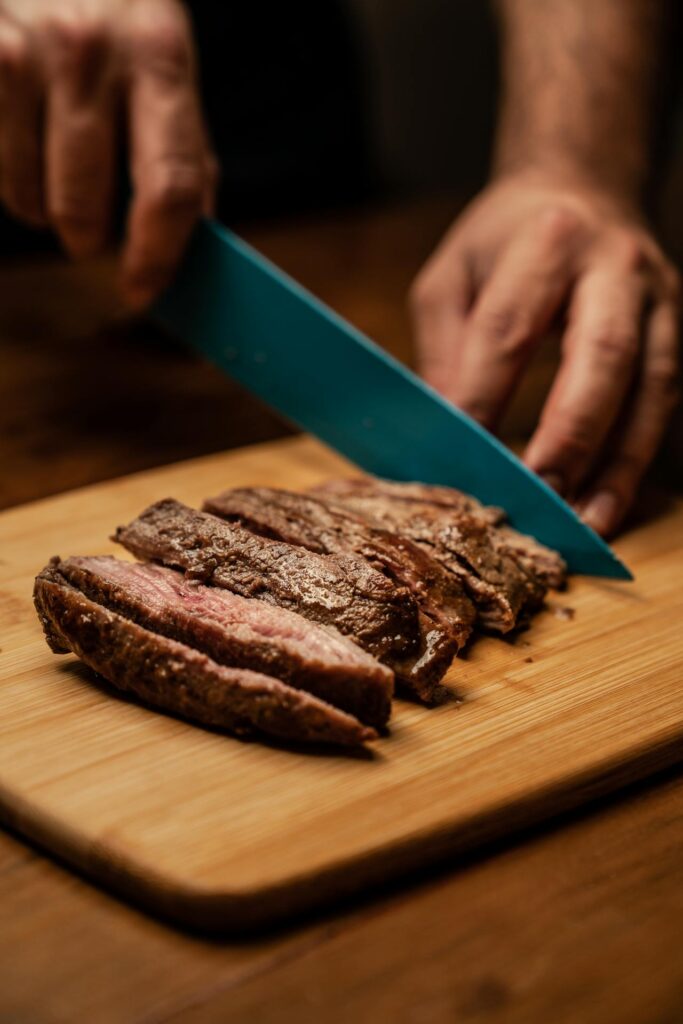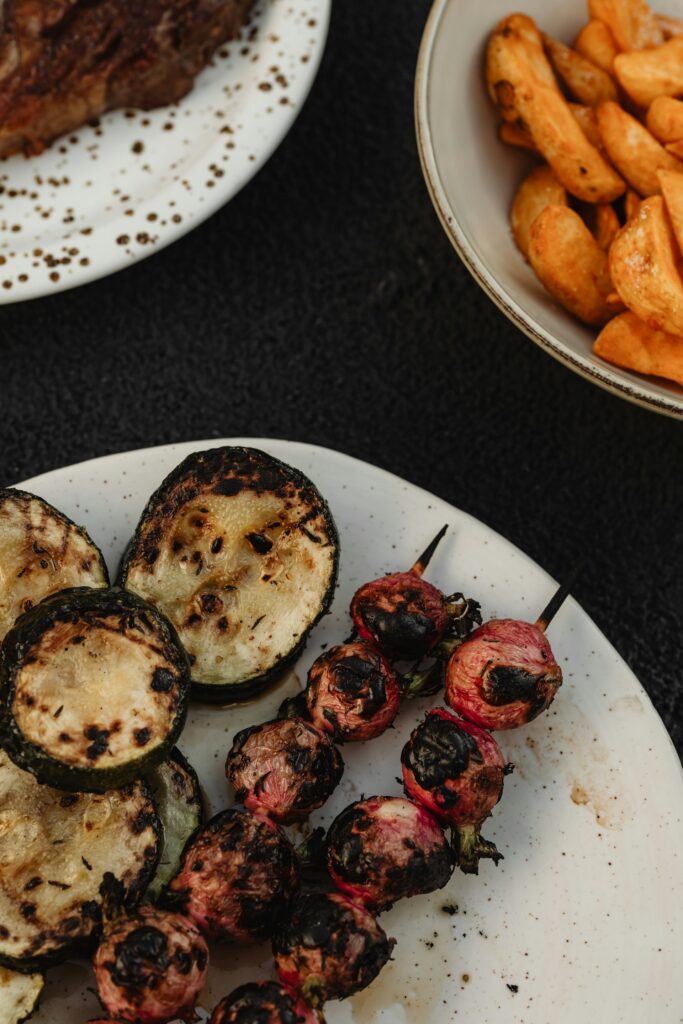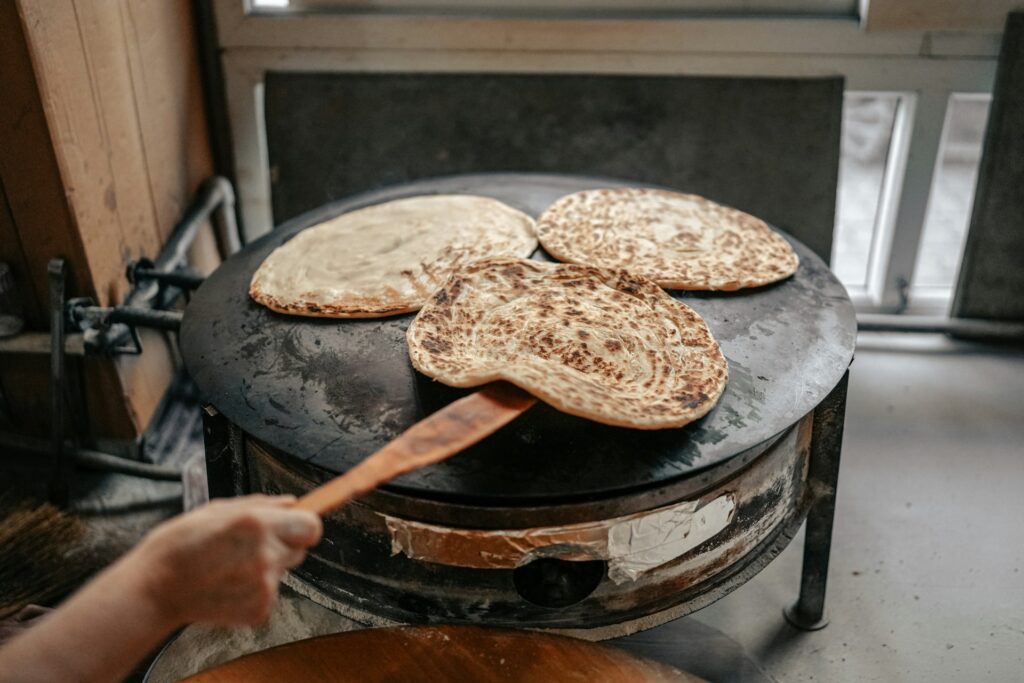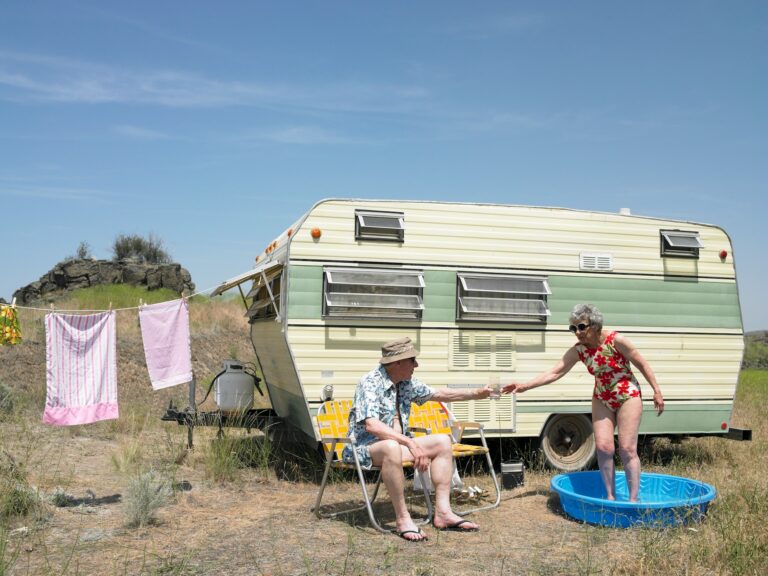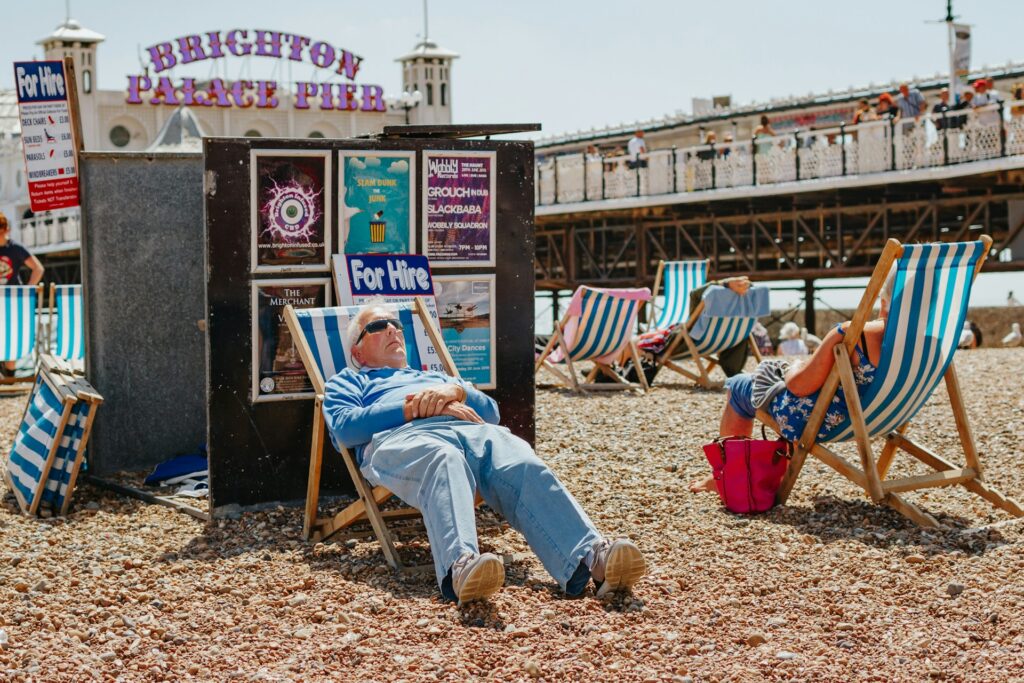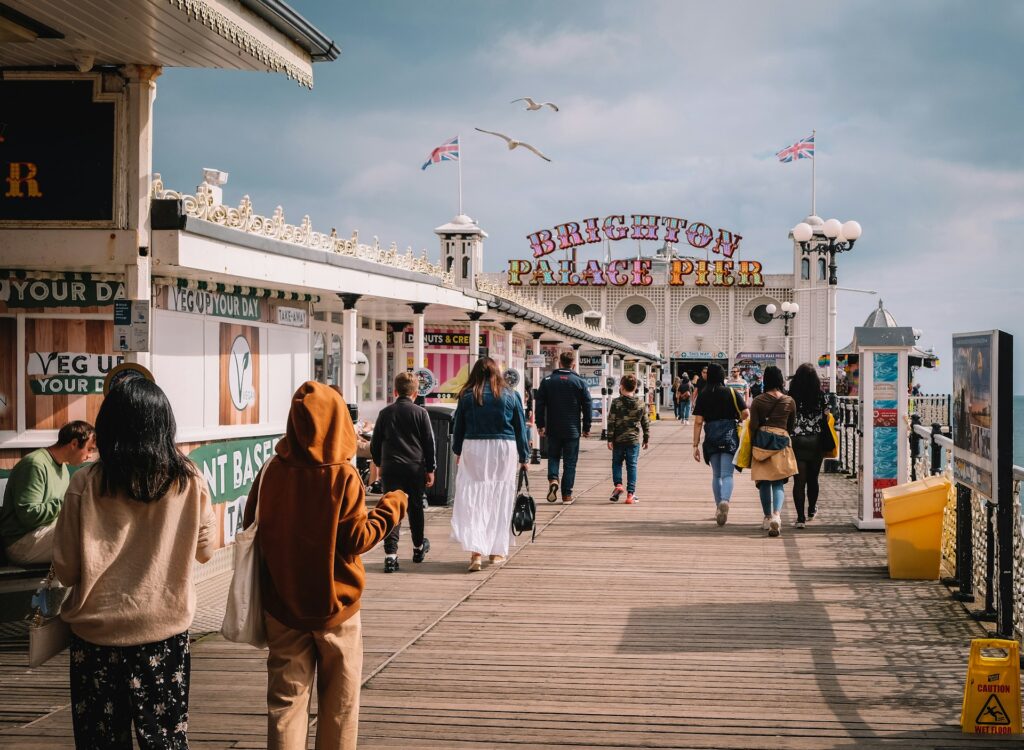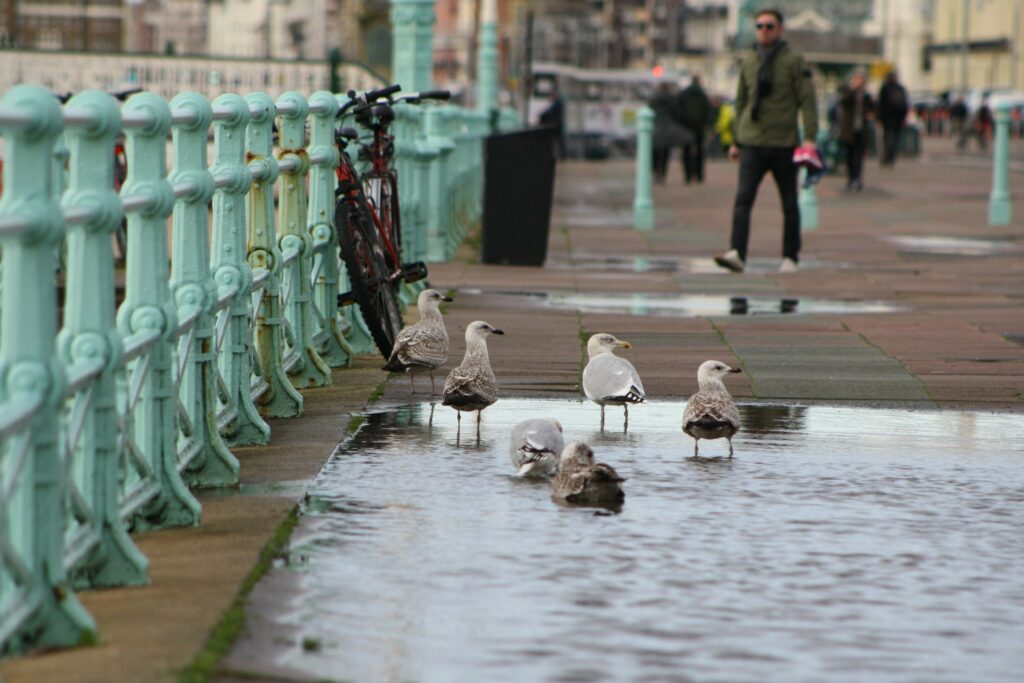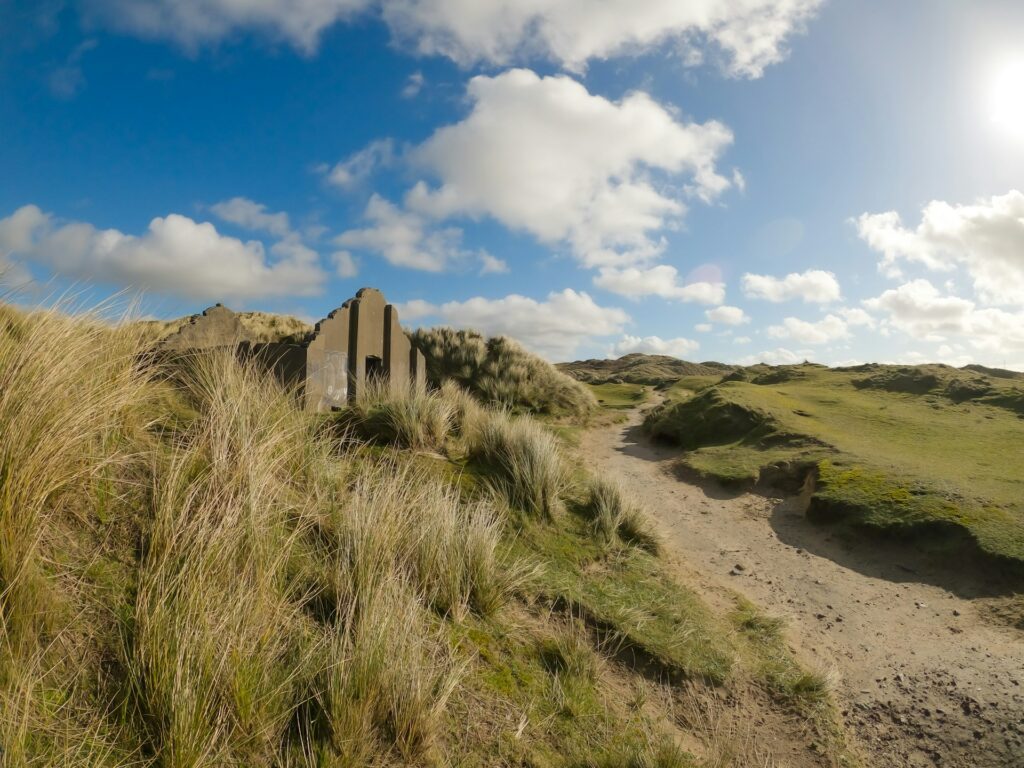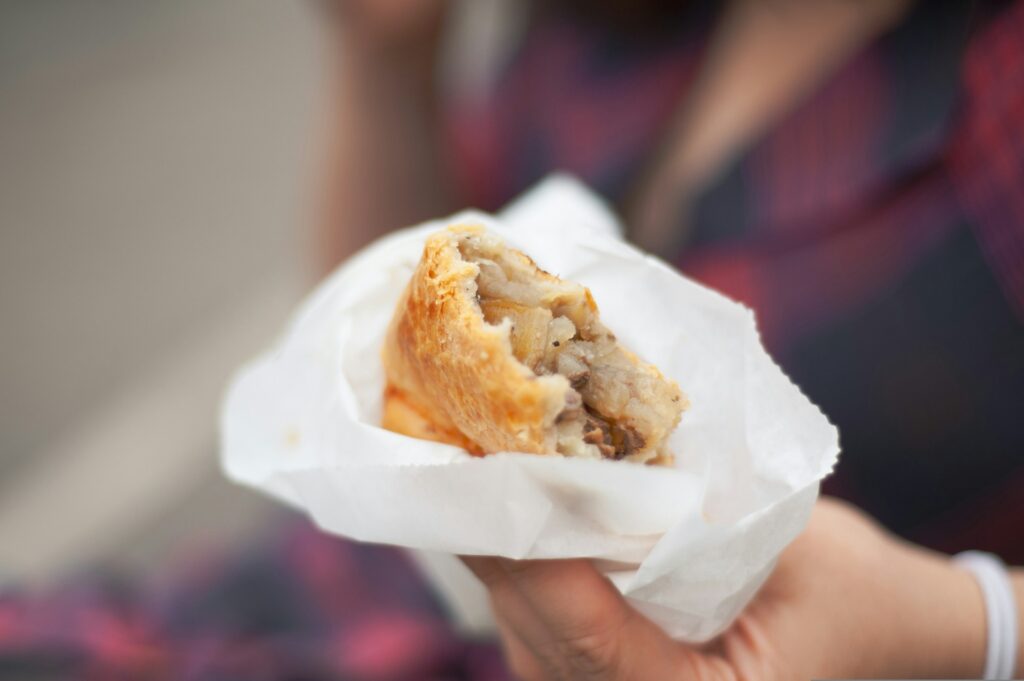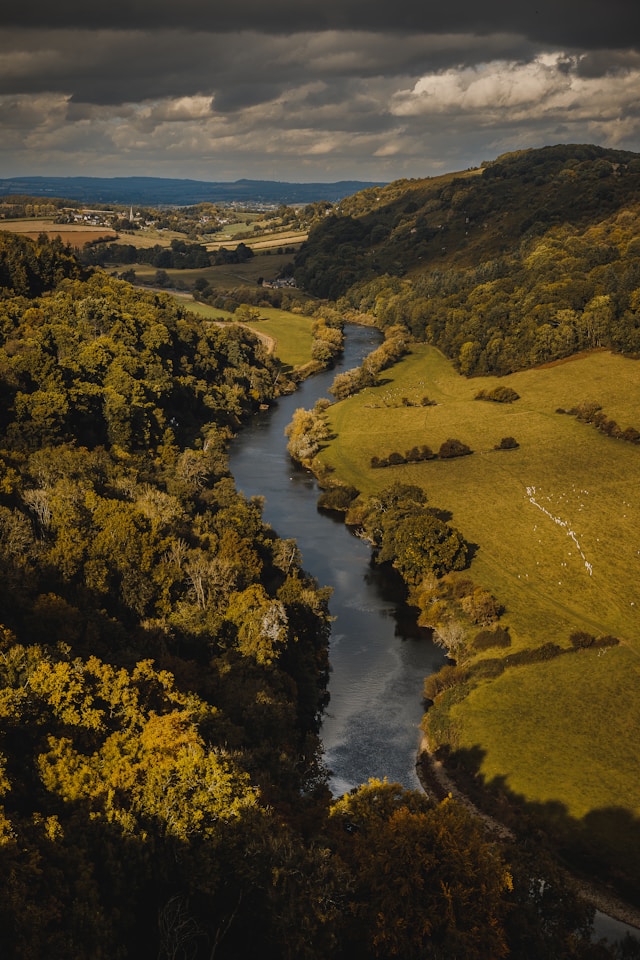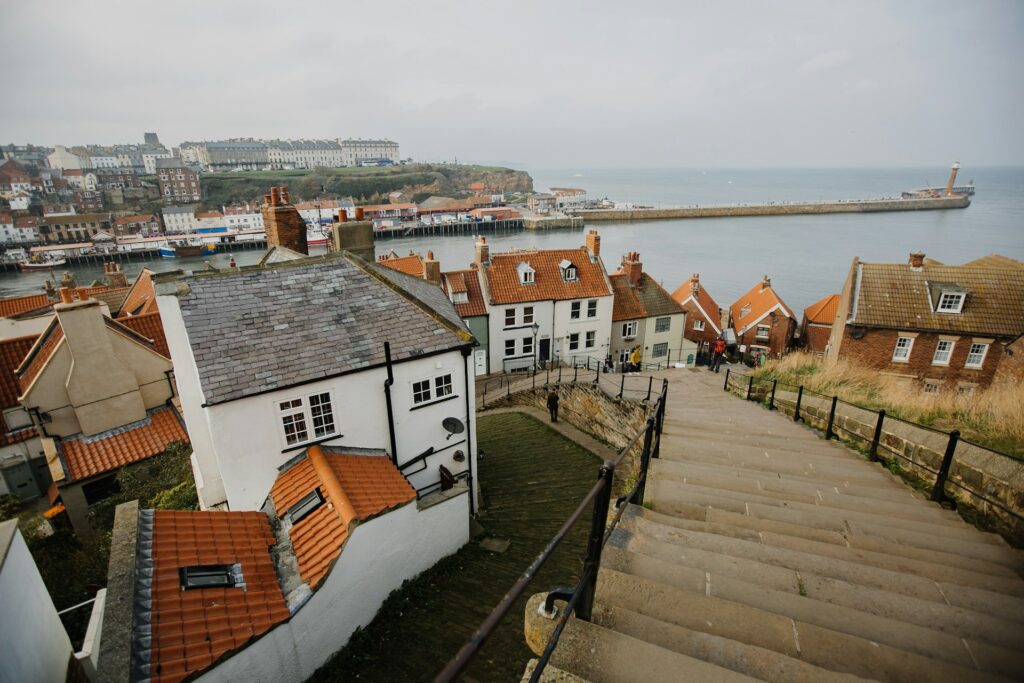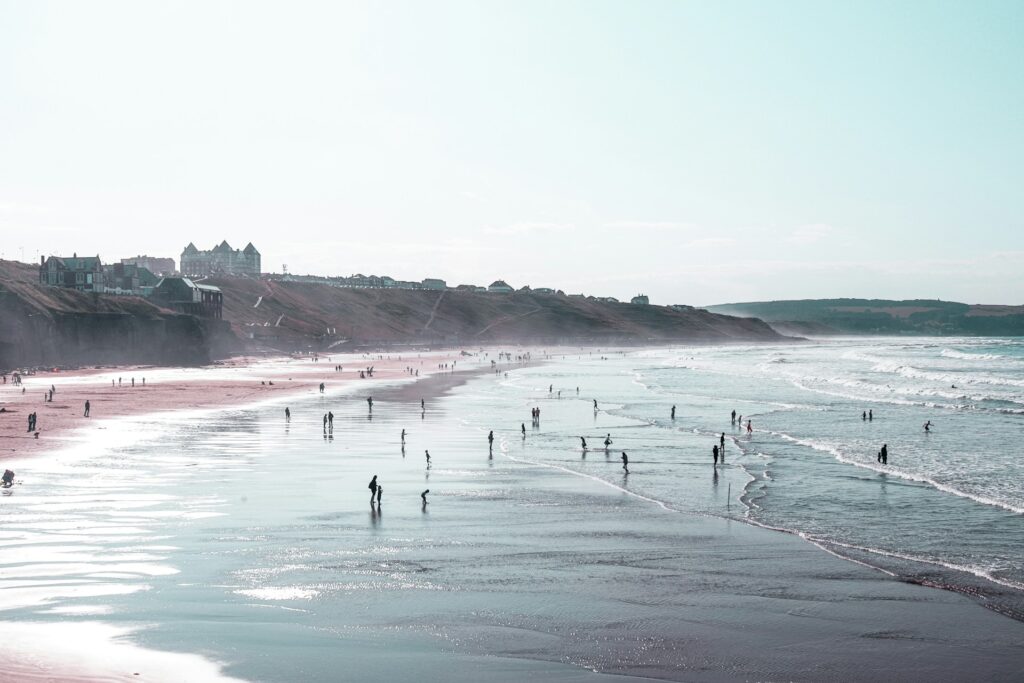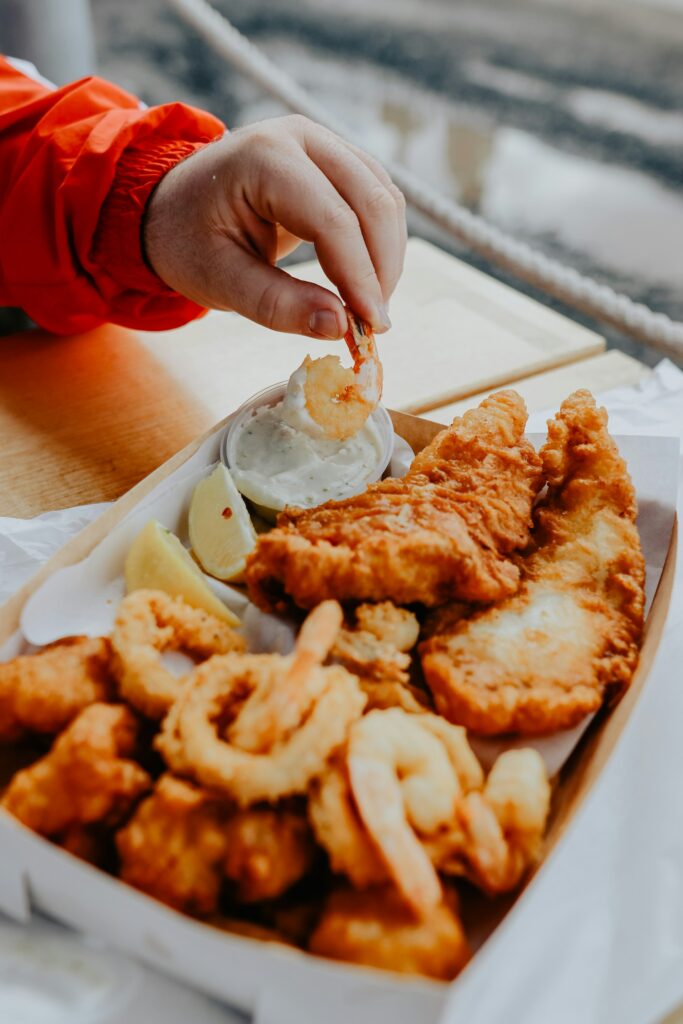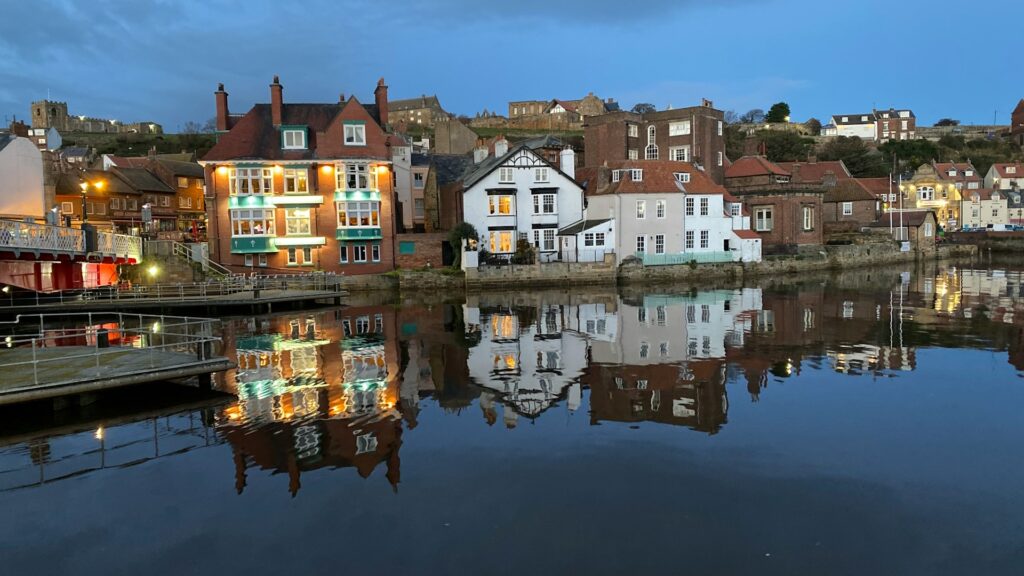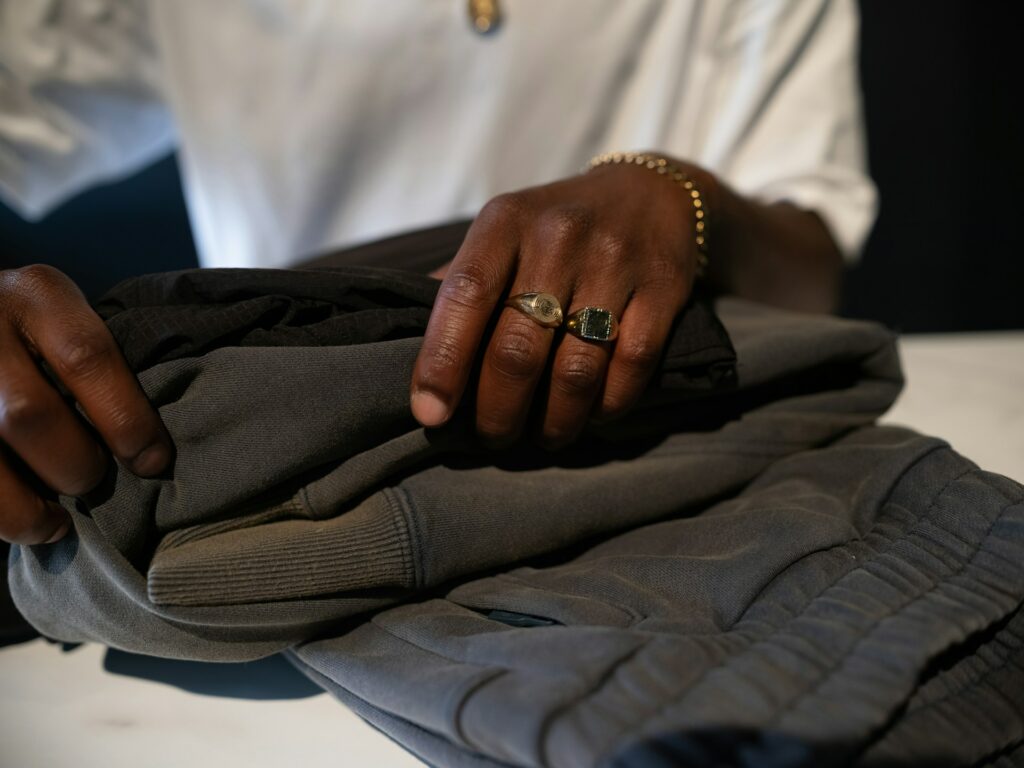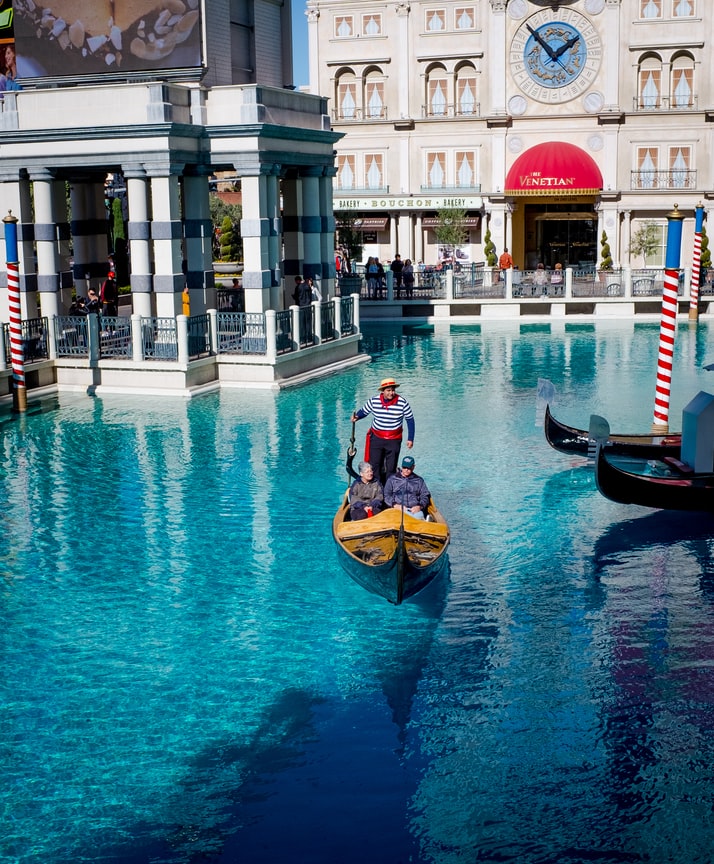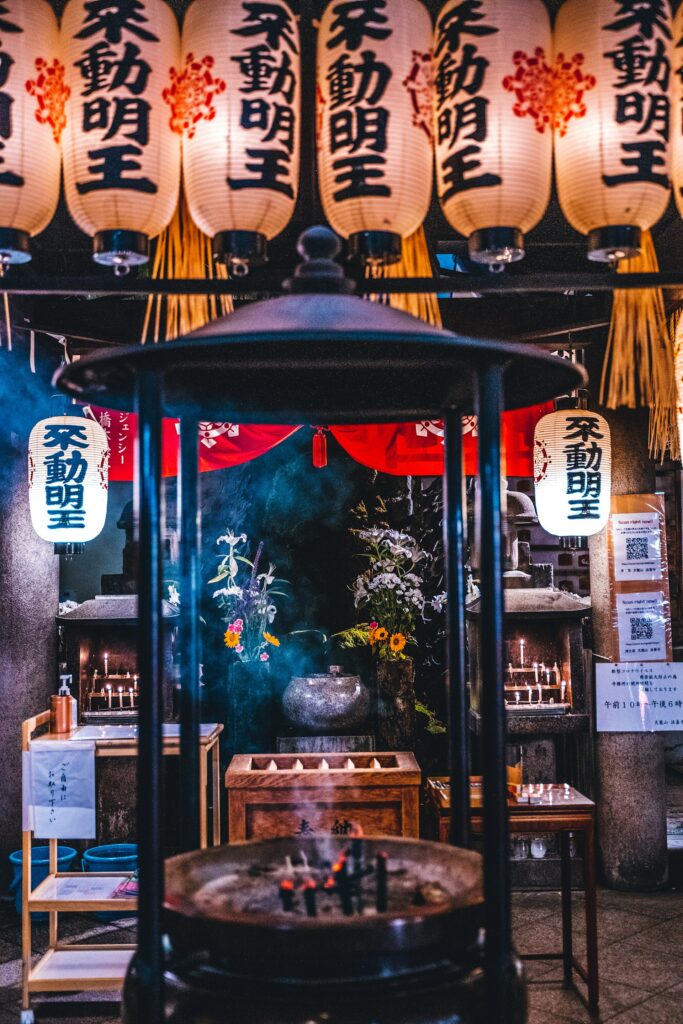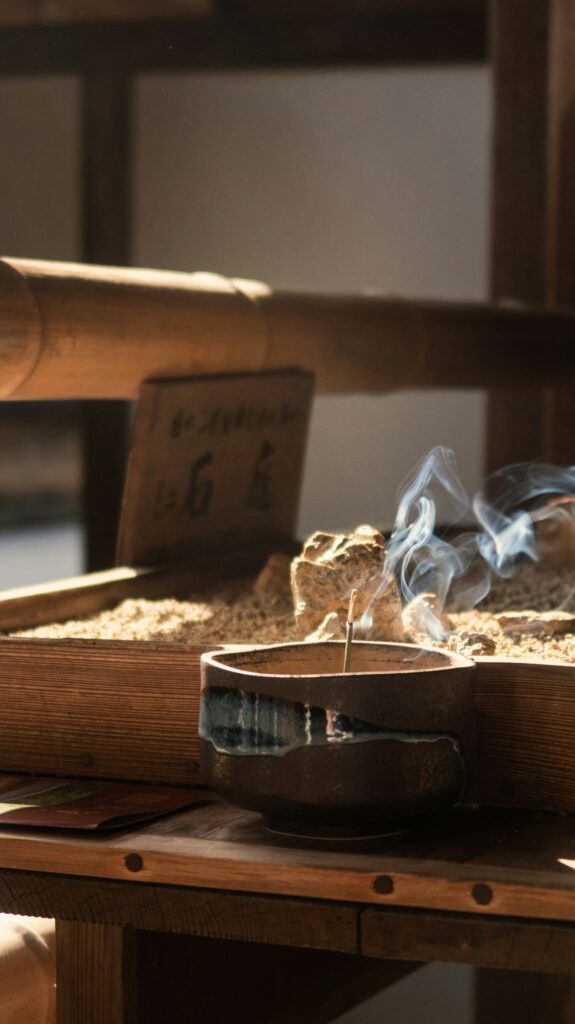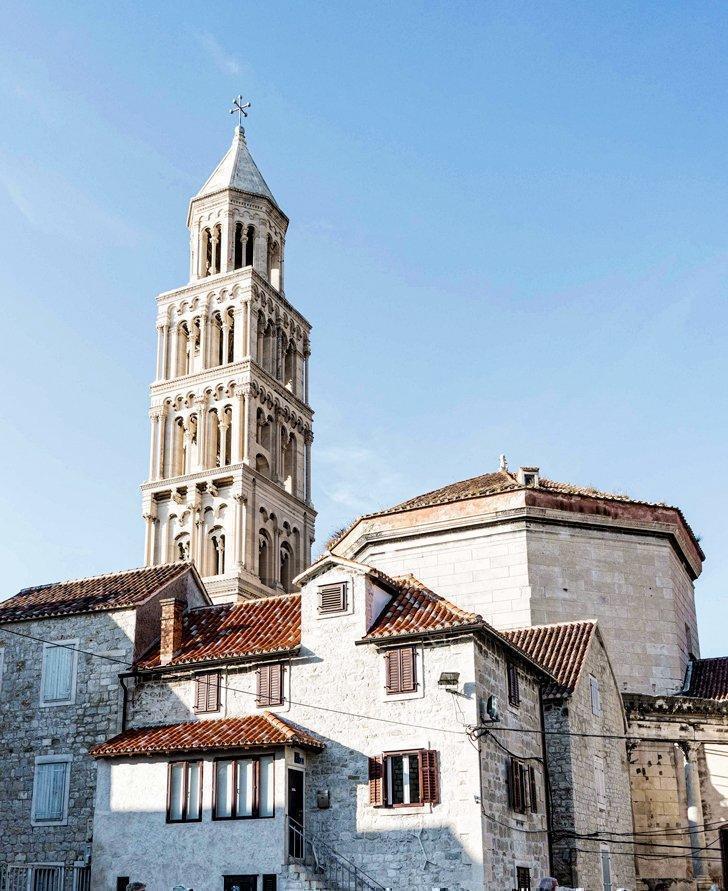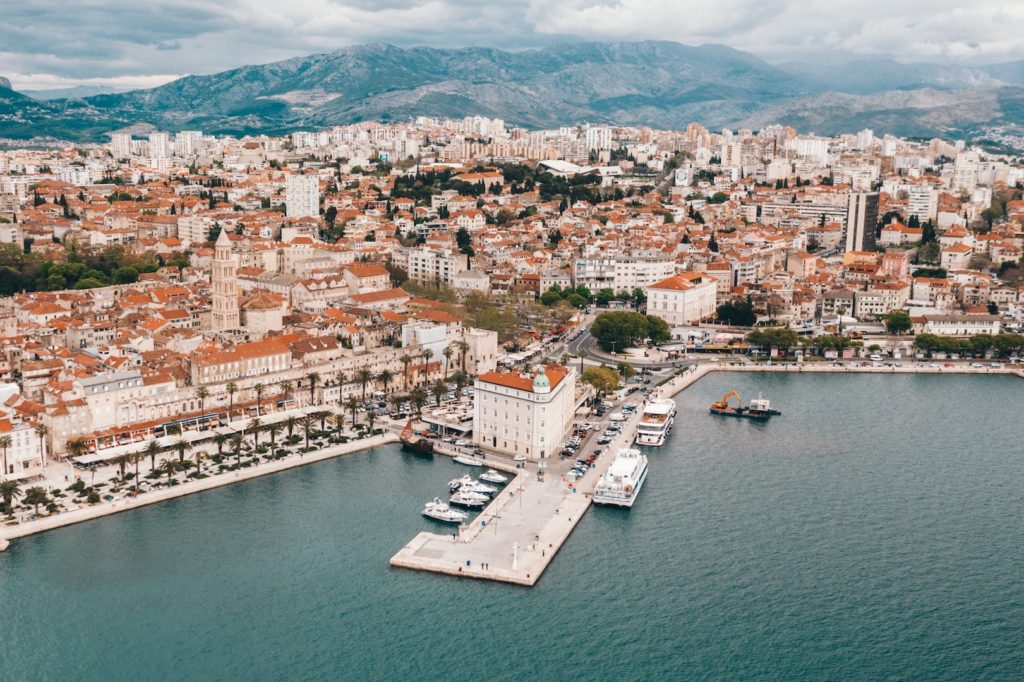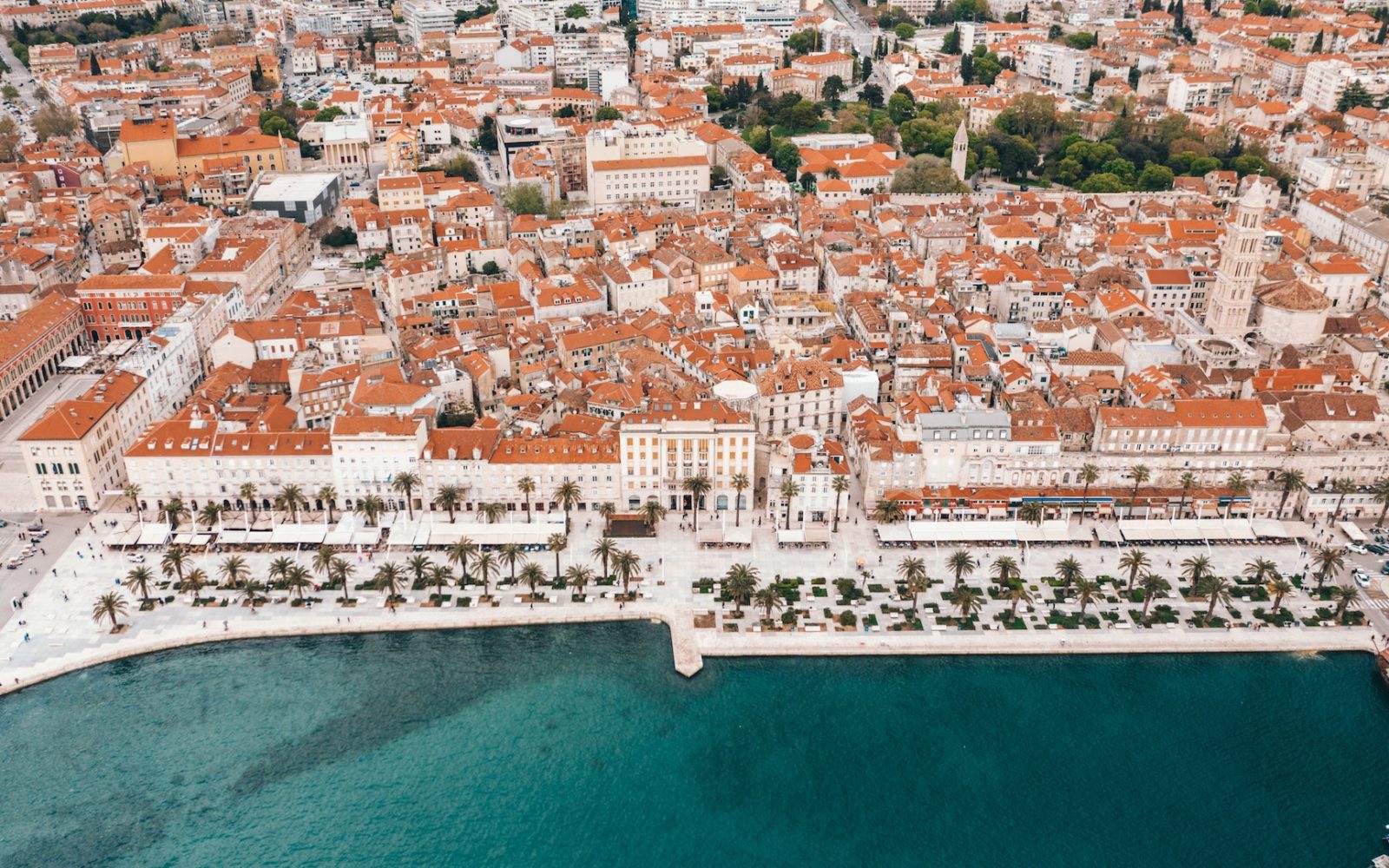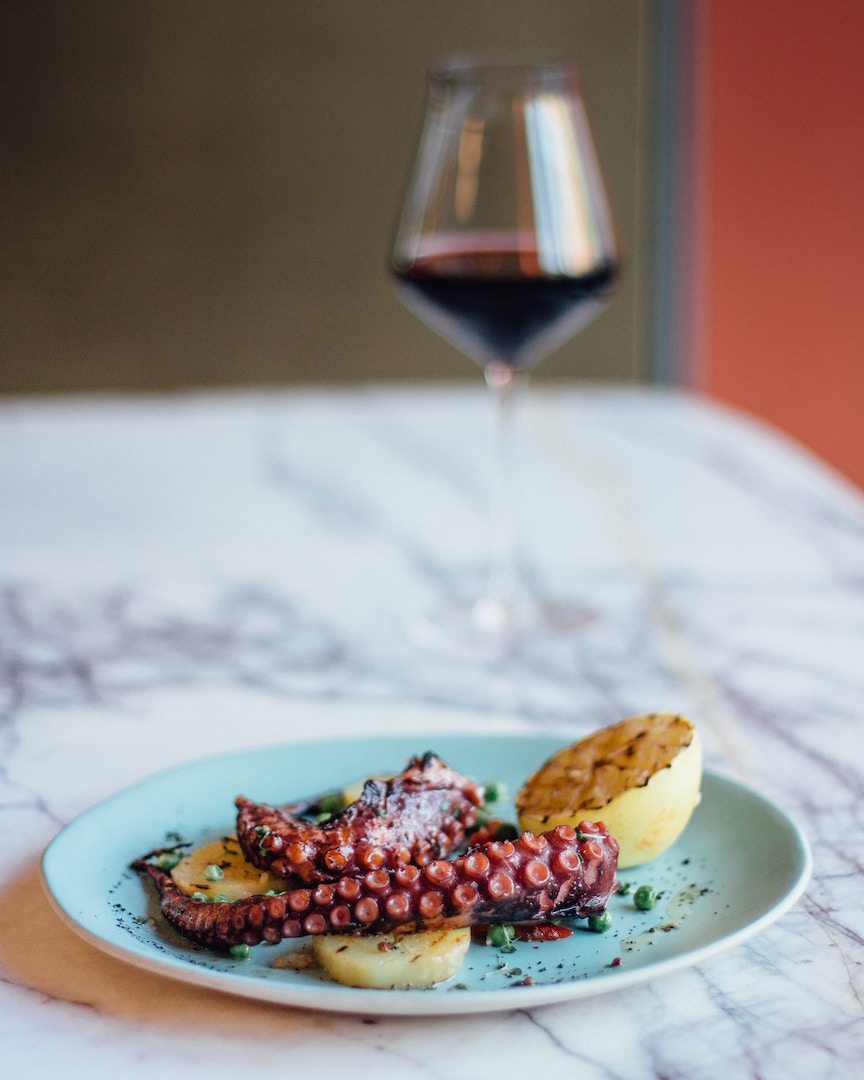Is the bánh mì the finest sandwich in the world?
Though we wouldn’t want to make too definitive a proclamation (torta ahogada, we haven’t forgotten you!), it’s certainly almost always voted as one of the best.
Last year, the bánh mì was even added to Merriam-Webster’s Dictionary, pointing to its increasingly assured status in the conversation of the world’s great sarnies. “Dictionaries reflect how mainstream and how popular foods are,” Andrea Nguyen, author of The Banh Mi Handbook, told NBC. We couldn’t agree more.
A by-product of French colonialism, this Vietnamese sandwich is a cultural collision turned culinary world champ. But what makes the bánh mì so good? To quote Felicity Cloke; “The perfect sandwich has to have a contrast of textures and flavours”, and this is exactly what the finest of bánh mì achieves.
Its charm, we think, lies in the unique baguette used; a crisp and crunchy exterior, all without being toasted, forms the husk, with a soft crumb in the middle and plenty of space left for filling. It’s that crunch that makes a bánh mì pop!
Then there’s the acidity of the pickled carrots and daikon, and the richness of pâté and mayo, the spring of the sausage, the fatty mouthfeel of the pork, all balanced out against the crunch of those pickles and rounded off with some fresh herbs. The result, as Andrea Nguyen puts it, is “a party in your mouth!”
From Hoxton to Hackney, Clapton and Clapham, London has no shortage of great Vietnamese eateries serving bánh mì to the masses. Here, we explore some of the best…
Keu, Soho, City, Shoreditch
Here at IDEAL we never get tired of bánh mì. Just like some people have a ham and cheese sandwich every day for lunch, day in, day out, we could enjoy this Vietnamese classic.
Variety doesn’t really matter that much to us when it comes to a bánh mì; just give it to us the way Auntie prefers. However, if variety did matter, then we would head to Keu, who have not one, not two, not three, but thirteen bánh mì options available.
Starting out in Shoreditch and now spread across three different locations in the capital, Keu’s popularity isn’t up for debate. A sister restaurant of Vietnamese stewart Cay Tre, their stellar bánh mì making operation sees them serving some of the most exciting bánh mì outside of Vietnam, from the classic fillings of pate and pickles to the less traditional like their slow braised mackerel in caramelised fish sauce, all the way to their kimchi-filled bánh mì that comes with honey glazed pork.
If you’re partial to a hoisin duck wrap for lunch from Pret or Mark’s & Spencer, then come here for the Cantonese roast duck bánh mì, which features a familiar, sticky hoisin sauce – it’s just a million bread rolls better than those wraps you find on the high street. We’re also fans of their Hoi An deluxe bánh mì – the special Hoi An sauce which is made of pork gravy, five spice, butter and fermented chilies is something else.
Website: banhmikeu.co.uk
Address: Soho, City & Shoreditch

Viet Caphe, Clapham
A bacon sarnie and a cup of Joe. A cappuccino and a cannoli fried in pork lard. A surprisingly delicious instant coffee dry rub for a loin of pork…
…Yep, coffee and pork is a match made in heaven, and so it is at Viet Caphe, just a five minute walk from Clapham Junction. Only open for a few weeks, this place is already dishing up some of London’s best banh mi, with bread that’s just the right level of hollowed-out, a crust that crackles but doesn’t cut the roof of your mouth, and fillings that straddle fat and piquancy as only the very best banh mi can pull off.
It’s an inviting rundown of banh mi classics, primarily focused on the porkier side of things (though owner Kim assured us that the Caphe is slowly rolling out a few vegetarian and vegan options, too), with the crispy roast pork an absolute winner, all silky, unctuous mouthfeel punctuated by the usual house pickles and (here, not house) hot sauce.
Pair it with a cup of on-the-money Vietnamese iced coffee with plenty of condensed milk (you can order by percentages of sweetness), and luxuriate in one of Battersea’s finest lunches.
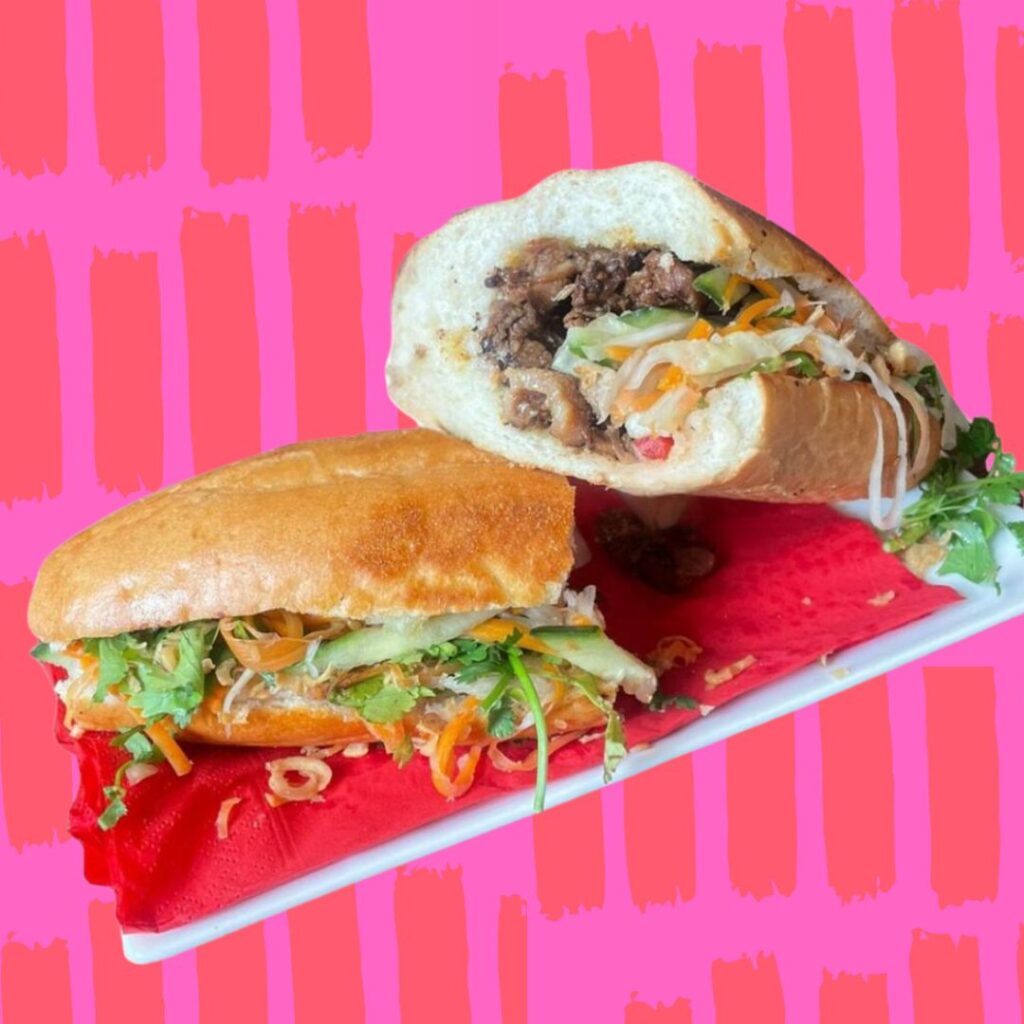
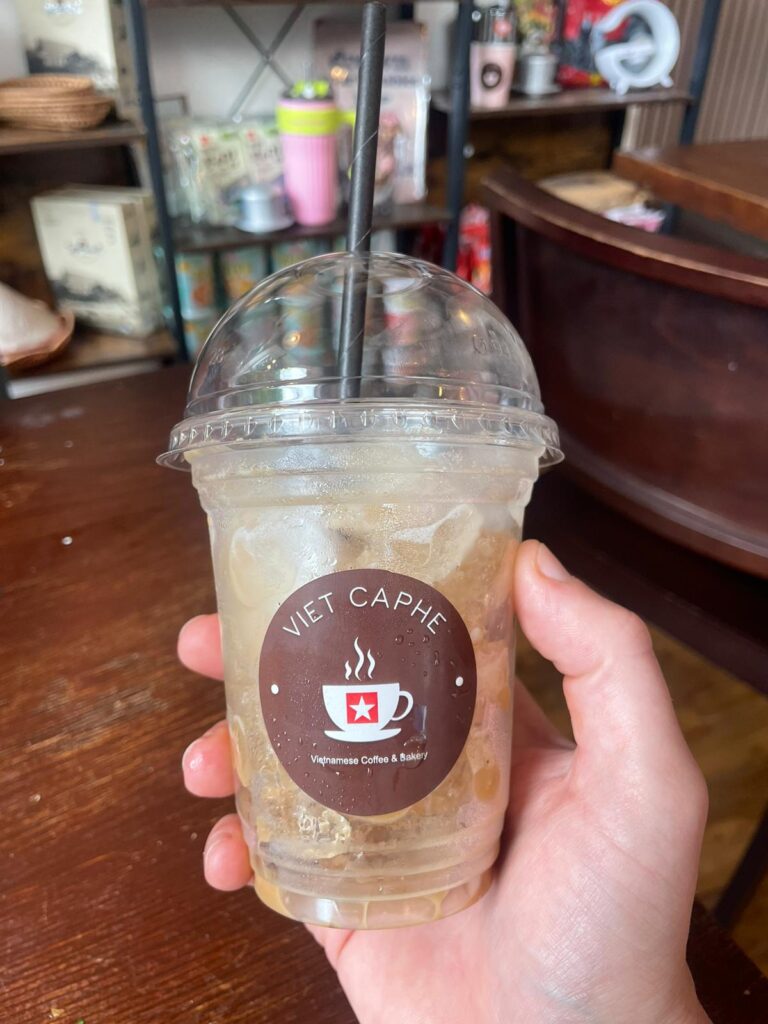
Ant House, Shoreditch
A good bánh mì baguette should have a light, crispy crust and airy texture, and this is exactly what you get at Ant House. As you bite into that crispy crust, a shower of crumbs falls into your lap, its smattering seemingly playing a little tune heralding the taste sensation to come. We’re thinking about making an ASMR video about this bánh mì – it’s that evocative!
Opened in 2021, Ant House is a relative newcomer to Kingsland Road’s Pho Mile, and this younger, hipper Vietnamese restaurant has a whole section of their menu devoted to bánh mì’s, offering five different types.
You can’t go wrong with ‘The Ant House Classic Banh Mi’, which is pork heavy, just as one should be; think char siu pork, mortadella sausage, sliced pork belly, ham hock, chicken liver pate, and pork floss. It’s a meat lover’s dream, make no mistake.
If you’re new to bánh mì, then you’re probably wondering how all these different cold cuts work together without the whole thing getting really heavy – they just do, and somehow, it doesn’t. A word of warning, though; it’s impossible not to end up with spicy sriracha on your trousers when you bite into this fully loaded classic. Exercise caution if you’re devouring one of these guys on your lunch break.
For the vegetarians and vegans in the banh-gang, the Ant House serves up an equally delicious meat-free ‘Banh Mi Chay’, which is filled with tofu, mushroom with a caramelised onion and garlic filling. One of the greatest things about tofu is its texture, and here it really shines with the ideal balance of crisp outer skin and a soft, wobbly interior. Yum.
Come to the Ant House for its lunch combo of bánh mì and lemon ice tea, and then stay for a delicious bowl of pho, followed by cocktails. You know you want to!
Read: 6 of the best Kingsland Road and High Street restaurants
Address: 97 Kingsland Rd, London E2 8AG
Website: ant.house
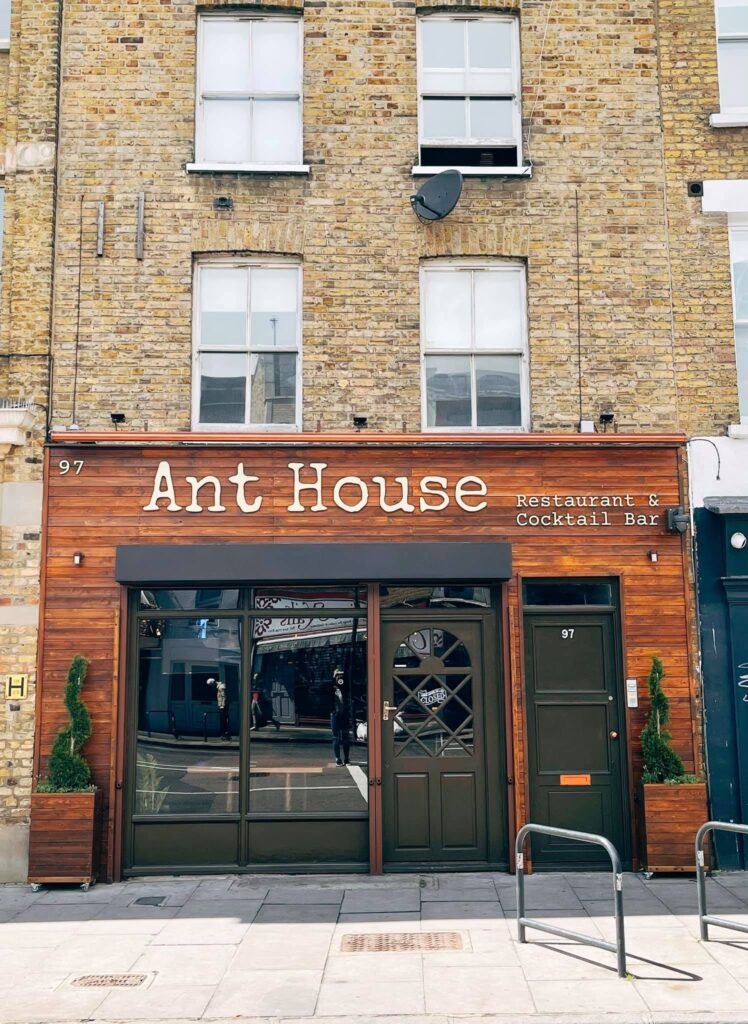
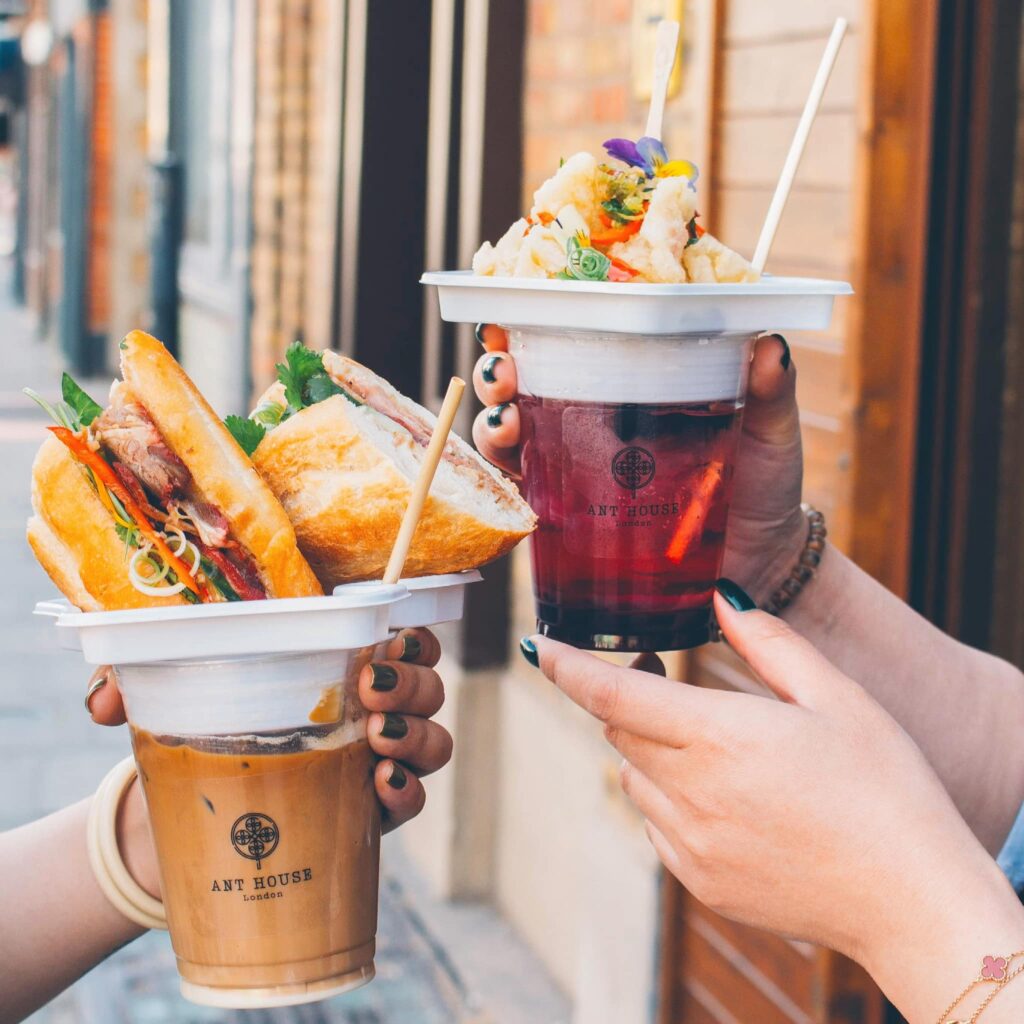

Banh Mi Aha!, Holborn
Next up, we think it’s fair to say that Banh Mi Aha! nails the Vietnamese sandwich with its perfect proportion of vegetables to meat, and bread to filling ratio done just right.
We’re fans of the bo la lot inspired bánh mì here – the beef spicy, peppery and utterly moreish. Biting into one of these guys takes us right back to Saigon’s Co Giang street – home to a string of bo la lot restaurants – perched on a plastic stool tucking into a plate of these wraps. We’re equally enamoured with their heo quay bánh mì, which sees fatty chunks of crispy, crackled pork drizzled with hoisin sauce. Ngon!
Address: 39 Lamb’s Conduit St, London WC1N 3NG
Website: banhmiaha.co.uk
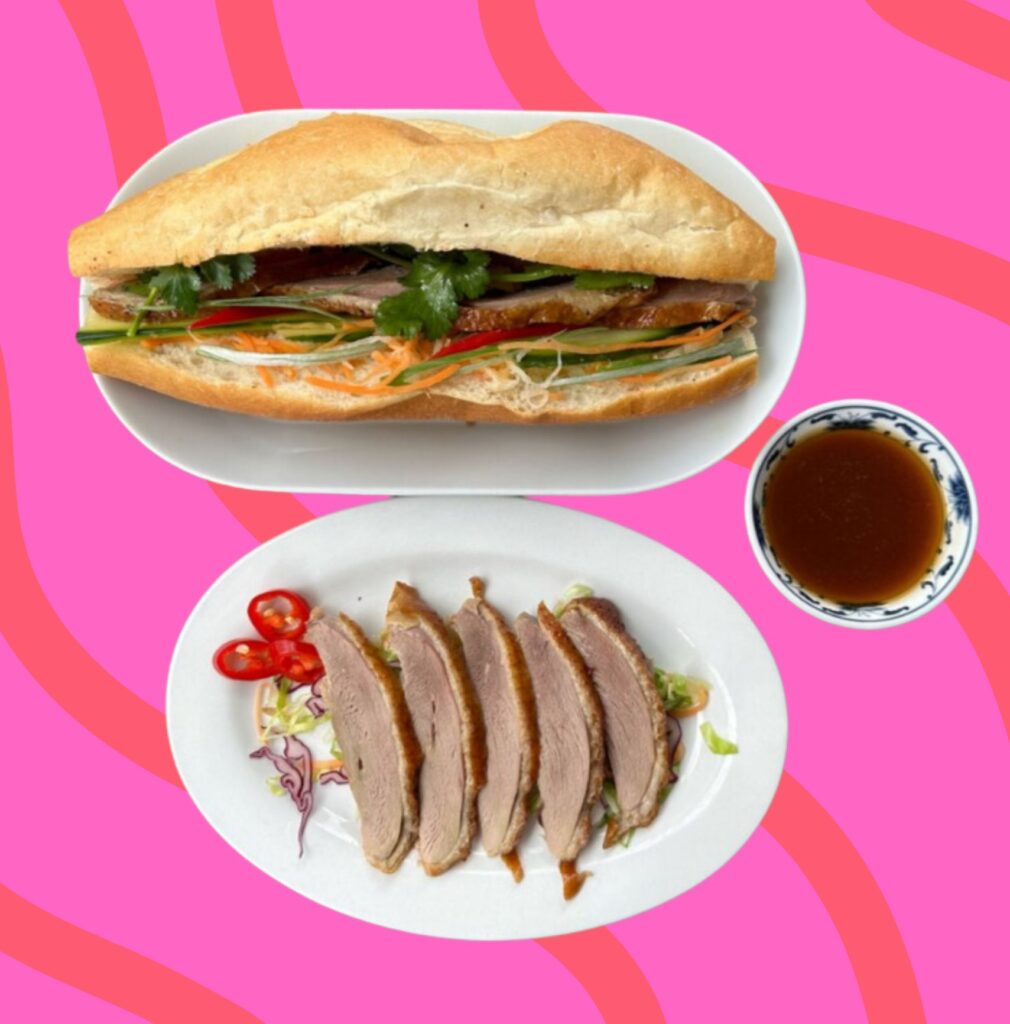
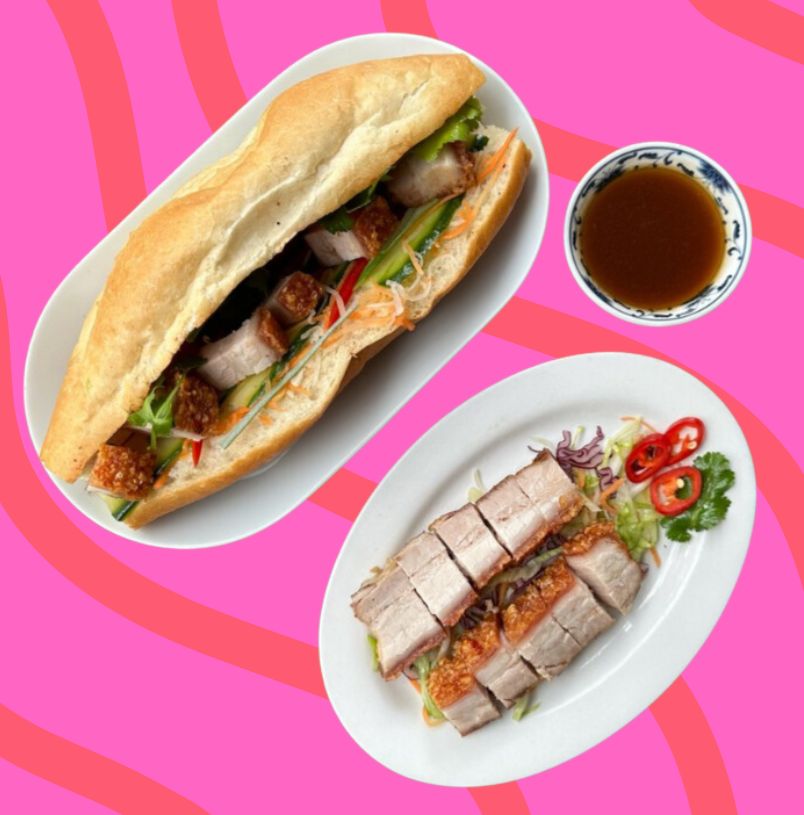

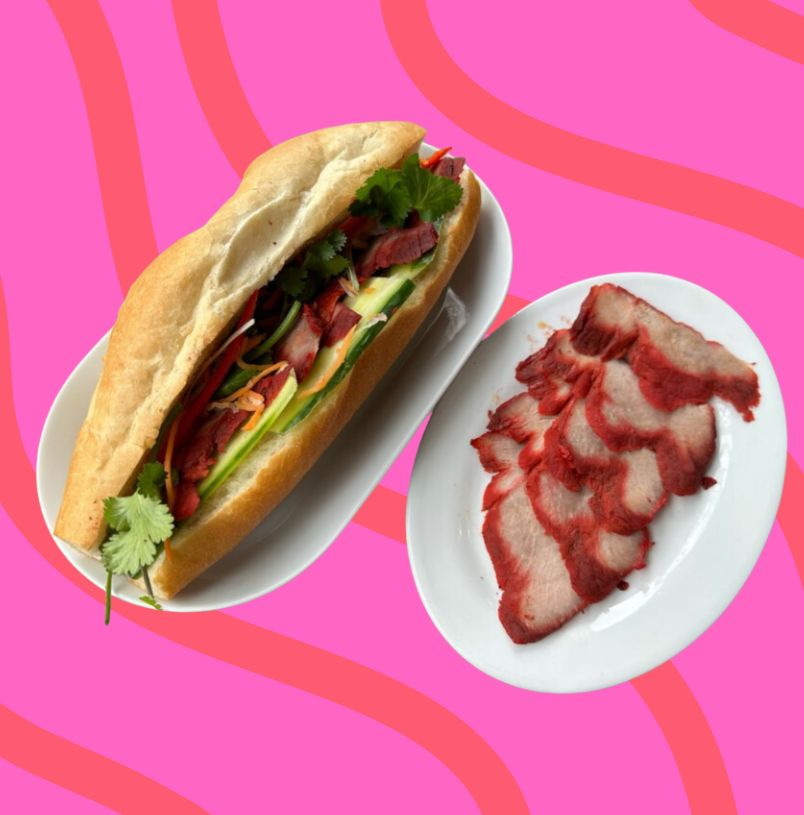
Read: 7 must try dishes in Ho Chi Minh City, Vietnam and where to eat them
Viet Cafe, Camberwell
The pho at Viet Cafe is one of Camberwell’s best hangover cures – though it’s only available on the weekends until it sells out, which is pretty fast. However, the bánh mì is not to be sniffed at either.
Infact, Viet Cafe is first and foremost known to most as a sandwich joint; alongside the blackboard of bánh mì sandwiches and Vietnamese dishes, it also sells ‘Western’ fillings. Obviously, it’s the former we’re here to talk about today.
Sitting alongside the usual suspects filled with Vietnamese cold cuts you’ll find some more unusual twists on the traditional bánh mì sandwich. The grilled chicken satay baguette here offers a fantastic fusion of South East Asian flavours while the bánh mì filled with grilled, lime-marinated tiger prawns brings a satisfying textural bounce and zesty, zingy alternative to the usual fatty pork options.
A word of warning, the Viet Cafe is a very popular lunch time destination, especially with the staff from King’s College Hospital, and with the bánh mì here filled fresh to order, just as it should be, you may well be waiting a while to get your fix.
Address: 75 Denmark Hill, London SE5 8RS
Website: vietcafecamberwell.com

An’s Oriental Supermarket, Holloway
London has a spectacular range of Southeast Asian supermarkets thanks to the rich and diverse communities from the region who have settled in the capital. Perhaps our favourite place to shop in all of the city is at An’s Oriental Supermarket on Holloway Road, which not only sells groceries but is also a foodie hotspot for takeout items like pho, steamed buns and, of course, bánh mì.
It’s a classic version, with a crisp exterior, and a centre that feels almost hollowed out before being filled with peppery pate, pig’s head terrine, pickles, coriander and spicy sauce. There’s even a little sweet Chinese sausage thrown in for good measure; a nice touch.
Website: An’s Oriental Supermarket – Asian Grocery Store (business.site)
Address: 599 Holloway Rd, Archway, London N19 4DJ
Hai Café, Clapton
The wonderful thing about a bánh mì is that you can eat them at any time of day, equally at home as a ‘grab & go’ lunch as they are for dinner or as a late night snack. Perhaps the most satisfying iteration, however, is for a leisurely brekkie alongside a cafe nau da.
We’d advise you to do the latter at Hai Café, which occupies a small spot in Clapton with only a handful of tables. Just like the shoe-box sized cafe itself, the menu is a compact affair, with everything on it made & marinated in-house from scratch, whether that’s the grilled red pork, punchy pate, or piquant pickles.
The specials board, based on whatever Mama Hai feels like making for that week, is where it’s at, and if the cafe is doing Hai’s famous lemongrass chicken, then order it. Filled with slices of fragrant, juicy lemongrass chicken, it’s a light and bright affair.
Interestingly, all their bánh mì’s are served with crushed black sesame seeds; not necessarily a purist touch, but one which offers a rich and nutty element and, in our eyes, only elevates the taste of the bread, making you sit up and think.
Website: hai-cafe.com
Address: 120b Lower Clapton Rd, Lower Clapton, London E5 0QR, United Kingdom
Banh Mi Hoi-An, Hackney
You’ve probably heard that, according to Anthony Bourdian, the world’s best bánh mì is in Hoi An, over at Bánh Mì Phượng. We’ve eaten at this particular baguette-slinger over in Central Vietnam, and it’s certainly a fully-fledged affair, absolutely stuffed with cold cuts, sauces and several sauces.
For a similarly stacked sarnie, we’re finishing our tour of London’s best bánh mì in Hackney, at Bánh Mì Hội-An. It’s a particularly fine pate here, rasping and loosely knitted, with a rust-coloured tinge that suggests a more gentle cooking on the liver than the usual hard steaming a Vietnamese pate goes through. That, or a little red food colouring has been added, as is popular in Hanoi, Ho Chi Minh City and beyond.
For brekky, we’re big fans of the bánh mì trứng here, which sees a medium-set, rolled omelette replace the length and breadth of pork cold cuts. Should you be in this thing for reasons of taste not dietary decisions, you might want to request that they keep the pate present.
Website: Banh Mi Hoi-An Vietnamese Street Food in London | London | Facebook
Address: 242 Graham Rd, London E8 1BP, United Kingdom
And with that, we’re taking a virtual trip to Vietnam next, for a foodie tour of the capital Hanoi. Care to join us?










